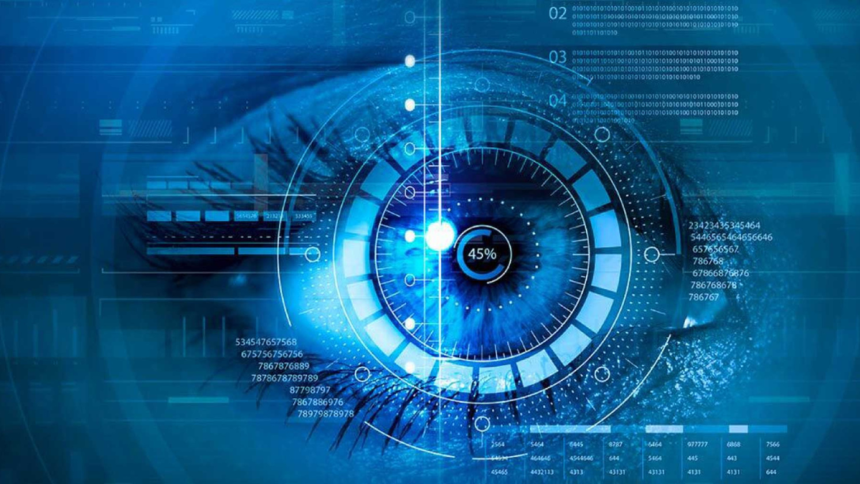Businesses are rapidly adopting computer vision as a key part of AI automation to handle tasks that once relied on human sight and judgement. By leveraging computer vision, companies can streamline routine inspections, automate visual data analysis, and ensure quality control with consistent accuracy. This shift enables organizations to not only boost operational efficiency but also reduce manual error and save valuable time.
Industries such as manufacturing, retail, and logistics are leading examples where custom computer vision development services allow machines to detect, classify, and act on images or video in real time. From automating visual inspections on production lines to monitoring retail spaces for cleanliness, these applications demonstrate the considerable benefits of integrating computer vision into core business processes.
Deep learning techniques and automation frameworks are enhancing how visual data is processed, offering scalable solutions adaptable to different business needs. As companies look for competitive advantages, many are turning to specialized services to unlock the full potential of visual automation.
Key Applications of Computer Vision in Business Automation
Computer vision technology drives automation, enabling businesses to improve operational efficiency and accuracy using advanced algorithms and image processing. This approach supports faster, more reliable decision-making, streamlines repetitive tasks, and reduces manual errors across various industries.
Automated Quality Control and Defect Detection
Companies in manufacturing use computer vision to automate quality control on the production line. Computer vision systems equipped with convolutional neural networks (CNNs) scan products at high speeds, detecting defects such as scratches, incorrect dimensions, and colour inconsistencies. This enables immediate identification and removal of flawed goods, which enhances product quality and reduces waste.
Automated inspection processes increase productivity and lower labour costs. Unlike human inspectors who can tire or miss subtle issues, computer vision-driven machinery maintains consistent accuracy without fatigue. This technology is also used in sectors like food processing and automotive manufacturing, where detection of microscopic or hidden flaws improves customer satisfaction and compliance with strict standards.
Object Detection, Recognition, and Image Analysis
Object detection and recognition are essential for automating visual tasks in a variety of business settings. By leveraging artificial intelligence and machine learning, systems can accurately analyse images to identify objects, people, or patterns. For instance, computer vision technology enables surveillance systems to detect unauthorised access or safety hazards in real time.
In retail, image analysis tools monitor customer behaviour, allowing for detailed insights into foot traffic and product interactions. This data informs marketing, store layout, and inventory decisions. Computer vision also supports healthcare by assisting with medical imaging analysis, improving diagnostic accuracy for disease detection and supporting predictive maintenance in medical equipment.
Implementing Computer Vision for Scalable Business Transformation
Businesses aiming for digital transformation rely on computer vision to increase operational efficiency and reduce labour costs. Adoption of these technologies also supports enhanced data processing, helps drive better decision-making, and supports automation in sectors such as retail, automotive, and security.
Integrating Computer Vision Solutions into Existing Infrastructure
Integration with current infrastructure requires compatibility between computer vision software, hardware, and workflows. Developers and IT teams must assess existing systems to ensure computer vision models can interface smoothly with enterprise resource planning (ERP), inventory tracking, or security solutions. A clear strategy helps avoid cost overruns and downtime. Leading computer vision development services focus on architecture design that enables seamless connections between deep learning models—such as neural networks or convolutional neural networks (CNN)—and business applications. For example, integrating real-time defect detection with manufacturing assembly lines enables automated quality control and minimizes human intervention.
Ensuring Performance, Scalability, and Reliability
Scalability means the system must perform reliably, even as data volumes increase or applications expand. Advanced algorithms and high-performance deep learning models enable faster image segmentation, object detection, and classification, which is crucial for scenarios like real-time traffic management in the automotive industry or rapid identity verification in security applications. Reliability requires resilient infrastructure for deployment, including redundant fail-safes and consistent model accuracy across varied environments. Computer vision services must optimize the speed of processing while maintaining accuracy, as delays in applications like fraud detection or autonomous vehicles can have significant consequences.
Conclusion
Businesses are increasingly integrating computer vision to handle visual tasks with greater accuracy and speed. Key uses include automating quality inspection, inventory tracking, and real-time monitoring, which can help streamline workflows and boost efficiency. By using tailored solutions that match unique business needs, companies can reduce errors and free employees from routine visual work. As technology costs decrease and performance improves, the value of computer vision in automation becomes more accessible for a wider range of industries.
Lynn Martelli is an editor at Readability. She received her MFA in Creative Writing from Antioch University and has worked as an editor for over 10 years. Lynn has edited a wide variety of books, including fiction, non-fiction, memoirs, and more. In her free time, Lynn enjoys reading, writing, and spending time with her family and friends.















